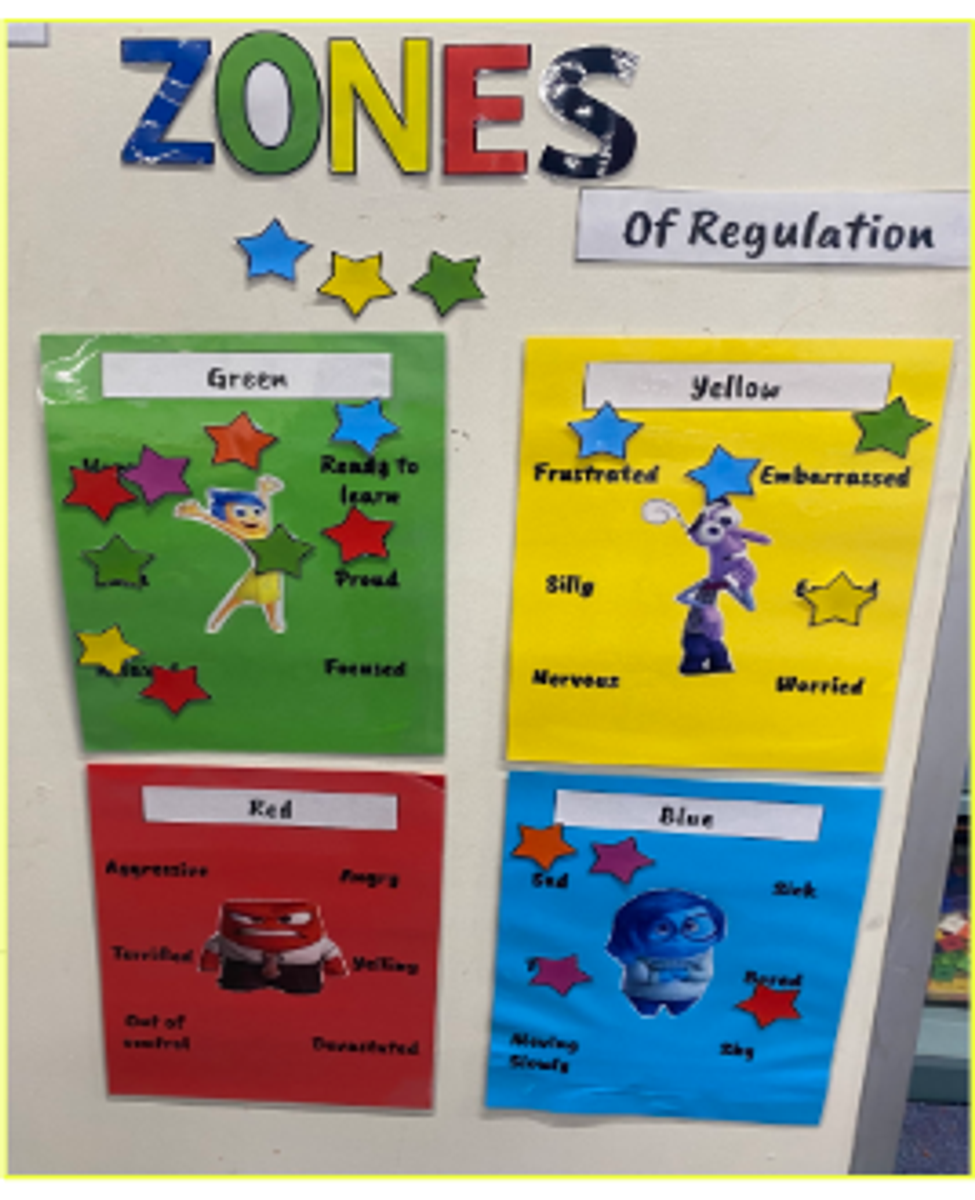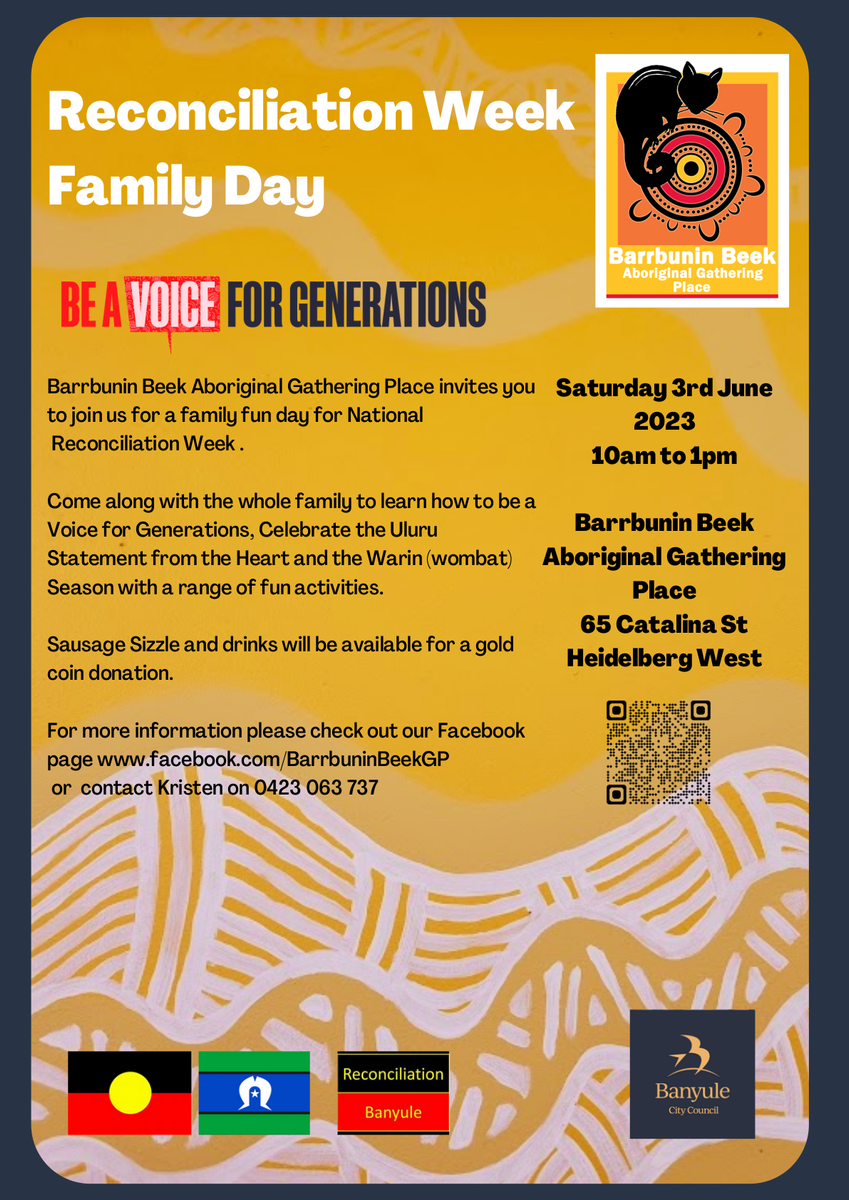Student Wellbeing

ZONES OF REGULATION
Zones Of Regulation - Red
The last two contacts, we have introduced the Zones of Regulation and focused on the Green and Yellow zones. Today we are focusing on the Red Zone, which is another zone we want our students to understand and regulate. The first thing we tell our students and encourage our families to talk about at home is that being in the Red Zone is not a bad thing. However it is important that we understand our emotions and take time to use our tools and strategies that help us to regulate our emotions. In the Red Zone we are not ready to learn, therefore stopping and regulating our emotions is the priority.
When we are in the Red Zone, our students have described themselves as feeling angry, panicked and out of control. Often our initial reaction is fight or flight when we are in the Red Zone and understanding how we react is also important. When we are in the Red Zone, we are in a heightened state, have intense emotions and we do not have cognitive control. Keeping ourselves and others around us safe is important and it is important that we take time and space away from others. In the classroom, we encourage students to take a break away from others, go for a walk and get a drink of water and go to the chill out space. This time and space is important when we are in the Red Zone. In this heightened state we do not discuss what has happened with the student, we just encourage them to use their regulation tools. The teaching conversation only occurs when they have regulated and moved into a different zone.
At home, different factors will lead to your child being in the Red Zone at different stages. It is important to talk about tools your child can use at home when they are feeling Red Zone emotions at home. These tools can be a quiet area at home inside or outside where they will be safe, however have space away from others. It’s ok to feel this way, however encourage your child to take the time they need. Your role with supporting this is to model remaining calm. Your child’s safe space can include some calming sensory tools, which help your child to regulate their emotions. It is important that we don’t attempt restorative conversations when they are in the Red Zone, as they are heightened cognitively and unable to reflect or learn. Continue to model your zones at home and teach tools that you use that support you. These may make a big difference for your child.
Janine Hough - janine.hough@education.vic.gov.au
Brad Ryan - bradley.ryan @educaiton.vic.gov.auJanine and Brad.





